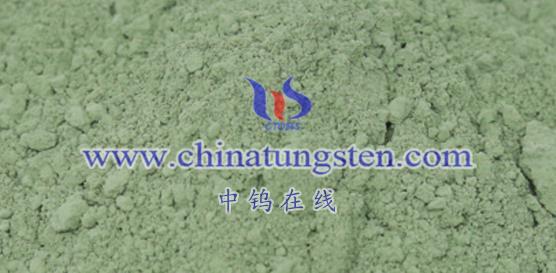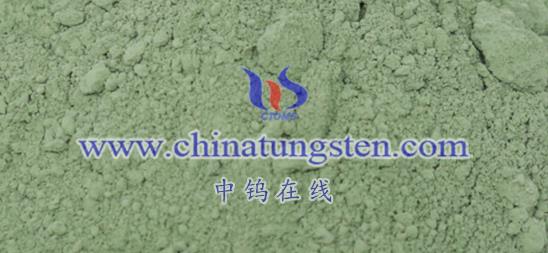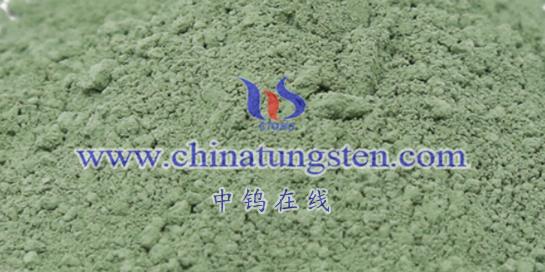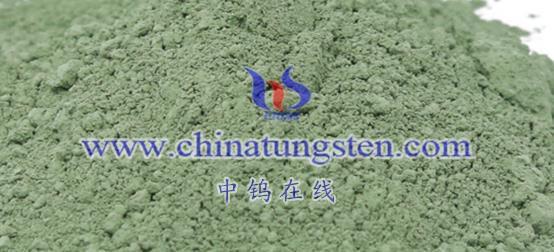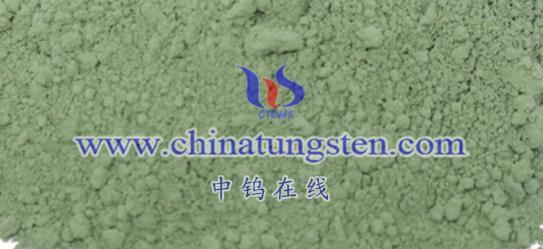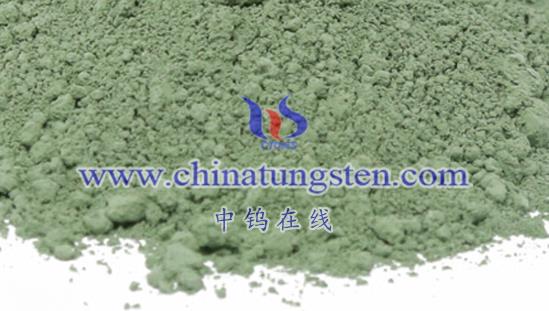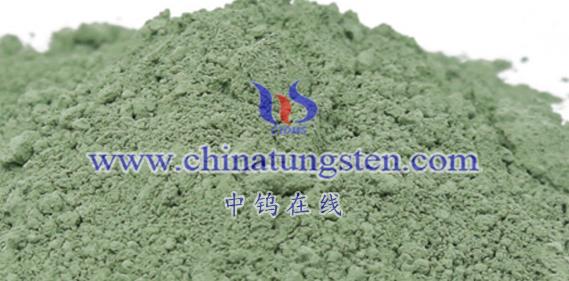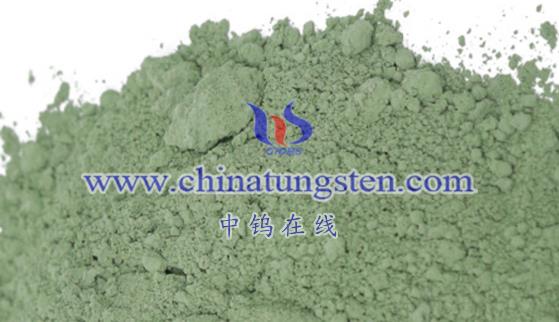
Nano-tungsten oxide-based new photoelectrochemical biosensors have broad application prospects across various fields due to their advantages, including high sensitivity, high selectivity, rapid response, and ease of miniaturization and integration. Below are the main application areas for these sensors:
- Biomedical Field
- Biomarker Detection: Nano-tungsten oxide materials serve as photoelectrochemical materials, enabling the construction of highly sensitive photoelectrochemical biosensors. These sensors can be applied to detect specific biomarkers within biological organisms, such as glutathione (GSH) and the lung cancer marker CYFRA21-1. By monitoring changes in the photoelectrochemical signal, these sensors facilitate the quantitative detection of biomarkers, providing critical evidence for early disease diagnosis and treatment.
- Drug Delivery and Photothermal Therapy: In addition to their role as sensor materials, nano-tungsten oxide also possesses good biocompatibility and bioactivity, making it potentially applicable in drug delivery and photothermal therapy. Nano-tungsten oxide can serve as a drug carrier, precisely delivering medications to target sites, thereby enhancing therapeutic effects and reducing side effects. Additionally, its photothermal conversion properties can be utilized in photothermal therapy, where it absorbs light energy and converts it into heat to kill cancer cells or pathogens.
- Environmental Monitoring Field
- Pollutant Detection: Nano-tungsten oxide has significant potential in environmental monitoring. Its excellent photoelectrochemical performance makes it an ideal choice for sensor materials capable of detecting the concentration of pollutants and harmful gases in the environment. By constructing photoelectrochemical biosensors based on nano-tungsten oxide, real-time monitoring and early warning of pollutants in water, air, and other environmental media can be achieved, providing robust support for environmental protection and pollution management.
- Food Safety Detection Field
- The application of nano-biosensors in food safety detection is gaining increasing attention. While specific examples of nano-tungsten oxide-based new photoelectrochemical biosensors in food safety detection may be relatively limited, their potential applications should not be overlooked. In the future, with continuous technological advancements and in-depth research, these sensors are expected to play important roles in pesticide residue detection, toxin detection, microbial contamination monitoring, and food component analysis.
- Energy Field
- Although applications in the energy sector are not the primary focus of photoelectrochemical biosensors, nano-tungsten oxide has unique applications in this area. For example, in lithium-ion batteries, nano-tungsten oxide can be used as an anode material to improve the energy density and cycling stability of batteries. While this application is distinct from the direct application of photoelectrochemical biosensors, it demonstrates the wide-ranging potential of nano-tungsten oxide across various fields.
In summary, nano-tungsten oxide-based new photoelectrochemical biosensors exhibit broad application prospects in the biomedical, environmental monitoring, food safety detection, and energy sectors. With continuous technological advancements and in-depth research, these sensors are expected to play unique roles in even more fields.
More details of tungsten oxide product, please visit website: tungsten-oxide.com
Please contact CHINATUNGSTEN for inquiry and order of tungsten oxide:
Email: sales@chinatungsten.com
Tel.: 86 592 5129595
